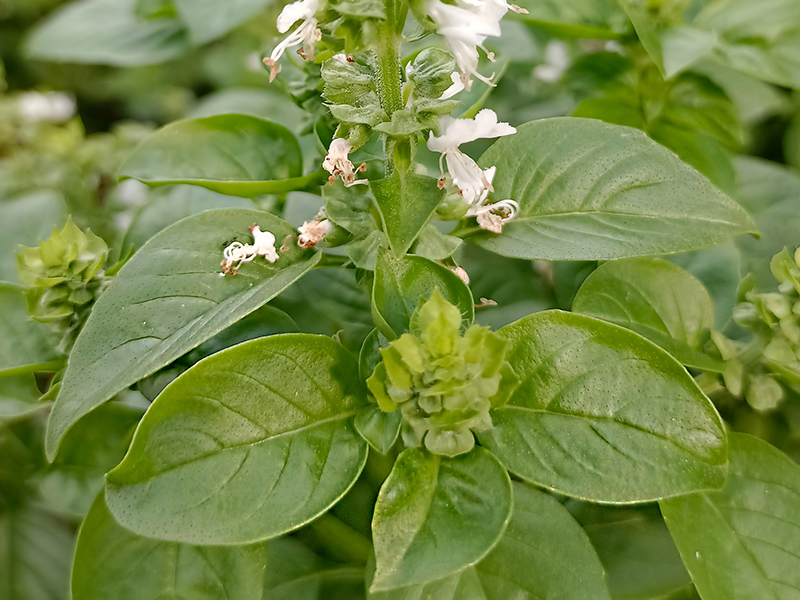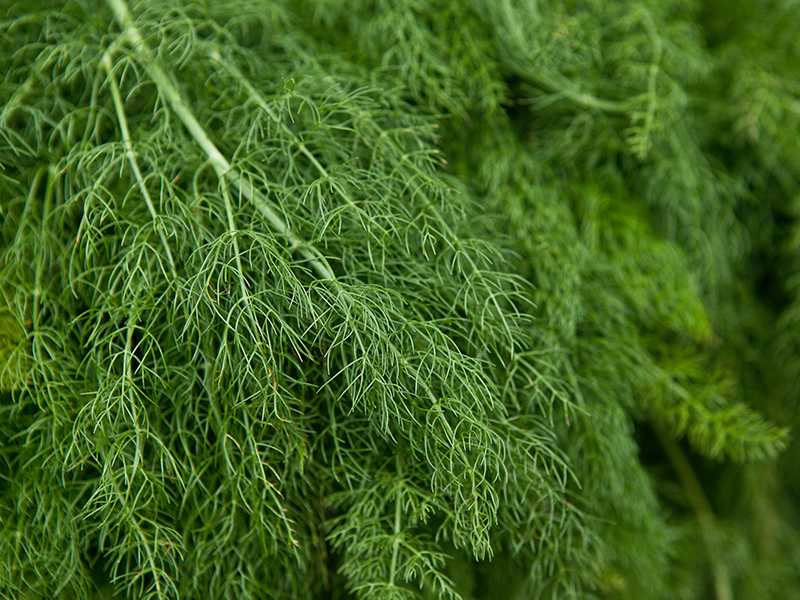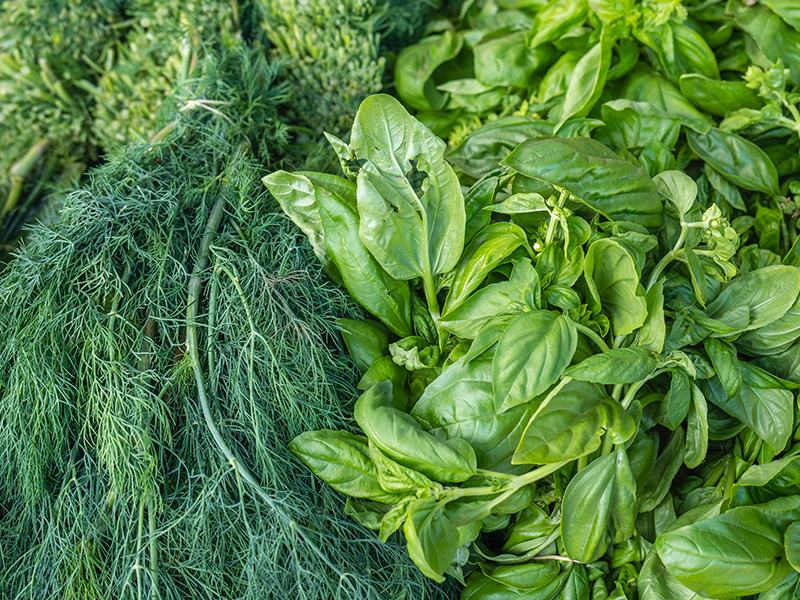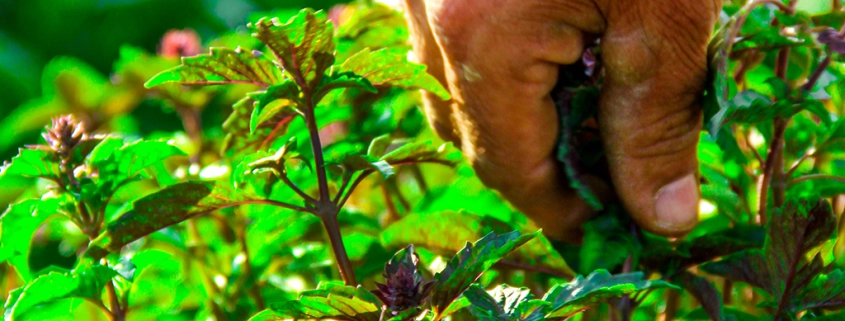Top Persian Herbs of Iran!
Iranians love fresh herbs and eat them with every meal, whether formal, fancy, and sometimes even with fast food. The Persian word for these fresh herbs is sabzi (vegetables).
Sabzi comes from the Persian word sabz, which means green. In this way, it is similar to the English term “greens,” which is used for leafy vegetables in salads. Green also has cultural significance that is closely related to the Muslim religion and the Persian New Year, which begins on the first day of spring.
The herbs eaten with meals are always fresh, but dried ones may be used in cooking when fresh ones are not available. Several classic Persian dishes are almost entirely composed of herbs. As always, join us to learn more about Persian Herbs, Sabzi Khordan, and its culture.
Historical Roots
Persian culinary traditions date back thousands of years, with roots deeply intertwined with the history of the Persian Empire. The use of herbs in Persian cooking can be traced to ancient times when the region’s inhabitants discovered the rich flavors and medicinal properties of various plants.
Over centuries, Persian chefs refined the art of blending herbs to create dishes that are not only delicious but also deeply symbolic of the region’s cultural identity.
Cultural Significance
Persian herbs are more than ingredients; they hold cultural and symbolic importance in Persian society. The concept of “Sabzi Khordan,” or eating fresh herbs, is deeply ingrained in Persian dining customs.

A plate of fresh herbs, radishes, and feta cheese is commonly served alongside meals, allowing people to customize their bites and fostering a communal and interactive dining experience.
Persian Herbs List
Persian cuisine has a rich range of herbs that contribute to the distinctive and flavorful nature of its dishes. Here is a list of some key Persian herbs commonly used in Persian cooking:
Sweet Basil
Sweet Basil, an aromatic and delicate herb favored by Mediterranean cooks, graces recipes with fresh leaves during the sunny summer months. During the rest of the year, dried basil can step in to maintain its delightful essence.
This annual plant can be grown indoors from seed in late spring, later finding its sunny home outdoors once the threat of frost has passed, provided it is kept away from temperatures below 40°F.
Basil’s sensitivity to cold is evident because if it is exposed to cold weather, it will wither and turn black overnight. Beyond culinary uses, basil seeds, when soaked in hot water, take on a gelatinous texture and are believed to have medicinal properties, especially in easing persistent coughs due to colds.
Fresh basil leaves take center stage in the classic basil pesto sauce and Borani Reyhan. While freezing may not preserve basil’s charm, the good news is that it dries exceptionally well, retaining its delightful flavor for use in various sauces and soups.
Cinnamon Basil
Cinnamon Basil, a close relative to the ‘Reyhan’ cultivated in Iran, has narrow leaves that are smaller than those of sweet basil, displaying a distinctive, almost sage-green color.

The stems take on a purple shade, and its unique flowering pattern begins with clusters of very dark purple leaves at the tip, eventually blossoming into light pink or white flowers.
Not only does this basil variety bring a touch of ornamental beauty to the garden, but it also proves to be a strong container herb. With increased heat and sun tolerance compared to sweet basil, it thrives in warmer conditions and is less prone to pests, making it a hardy and reliable addition to any herb garden.
Parsley
Parsley, a versatile herb in Persian cuisine, comes in two common varieties: broad leaf and curly leaf. The broad leaf variety takes center stage in the popular “Sabzi Khordan,” a plate of fresh herbs served with meals, adding a lively feel to the dining experience. Both curly and flat leaf types find their way into different Persian dishes, each giving its unique flavor to the culinary creations.
The curly leaf parsley, with its decorative appeal, often flavors dishes like fish or the classic Persian salad, “Olivieh,” adding not only flavor but also a beautiful flourish to the table. In Persian kitchens, parsley goes beyond its mere culinary function, becoming an essential element that enhances both the taste and presentation of the dish.
Dill
Dill, which is known as “Shevid” in Persian, is a multi-purpose herb widely welcomed in Persian cuisine, enjoyed both fresh and in various cooked dishes. While dried dill is an option, the preference among most Persians leans toward the fresh and tender green parts of the plant.

Some Persian markets even offer frozen herbs, providing a convenient option for cooking. In Persian culinary creations, dill takes center stage in numerous delectable dishes, such as “Shevid Polo” and “Bahgali Polo,” where an ample three cups of fresh dill are combined with 1 ½ pounds of rice, giving it a distinctive and flavorful touch to these traditional Persian recipes. Interestingly, while dill seeds find use in various cuisines, they are notably absent from Persian cooking.
Persian Medicinal Herbs
Persian medicinal herbs have long played a vital role in traditional healing practices, which shows the rich heritage of herbal medicines. Passed down from generation to generation, these herbs are valued not only for their culinary aids but also for their potential health benefits.
Mint, with its soothing properties, is often used to aid digestion, while parsley is esteemed for its diuretic effects.
Tarragon and dill, which are known for their unique flavors, also have medicinal importance in Persian culture.
The infusion of herbs into daily life is not just a culinary tradition; it is a holistic approach to well-being. Whether these Iranian herbs are included in herbal teas or meals, they are still a source of natural healing and cultural wisdom.
Persian Herbs and Spices
Persian herbs and spices are aromatic treasures that weave a tapestry of flavor in Iranian cuisine. From the aromatic allure of saffron, an integral part of Persian dishes, to the earthy warmth of cinnamon and cumin, these ingredients are the main essence of Persian culinary artistry.
Herbs like mint, parsley, and dill add a refreshing vibrancy, enhancing both the aroma and taste of various dishes. The distinctive combination of spices, such as turmeric and cardamom, gives a unique character to Persian stews, rice dishes, and kebabs.

Rooted in ancient traditions, Persian herbs, and spices not only tempt the taste buds but also reflect the geographical and cultural diversity of the region and turn Iranian cuisine into a delightful journey of flavors.
Persian Dry Herbs
In Persian cuisine, the use of both fresh and dry herbs creates a harmonious symphony of flavors. While Persian fresh herbs like mint, parsley, and dill add a lively and crisp essence to dishes, the dry herbs play a complementary role in infusing depth and richness.
Dried versions of these herbs, although less common than their fresh counterparts, offer a good option for seasoning and preserving the distinct Persian flavors year-round. Whether it is the aromatic notes of dried mint in a comforting tea or the earthy warmth of dried parsley enhancing a savory stew, Persian dry herbs are a versatile component, ensuring that the essence of these herbs continues to add beauty to the vibrant palette of Iranian cuisine.
Final Word
In the end, Iranian herbs are not just the ingredients of a culinary set. They are one of the main elements of a rich and ancient food tradition with many properties. The careful selection and harmonious combination of herbs in Iranian cuisine reflects the cultural, historical, and geographical richness that defines the Iranian culinary experience.
As we continue to explore the diverse world of global cuisine, Iranian herbs stand out as a natural green addition to the lasting legacy of a culinary tradition that has stood the test of time.
Are you planning to travel to Iran and looking for an Iran resort? Consider Matinabad Eco-resort.





Leave a Reply
Want to join the discussion?Feel free to contribute!